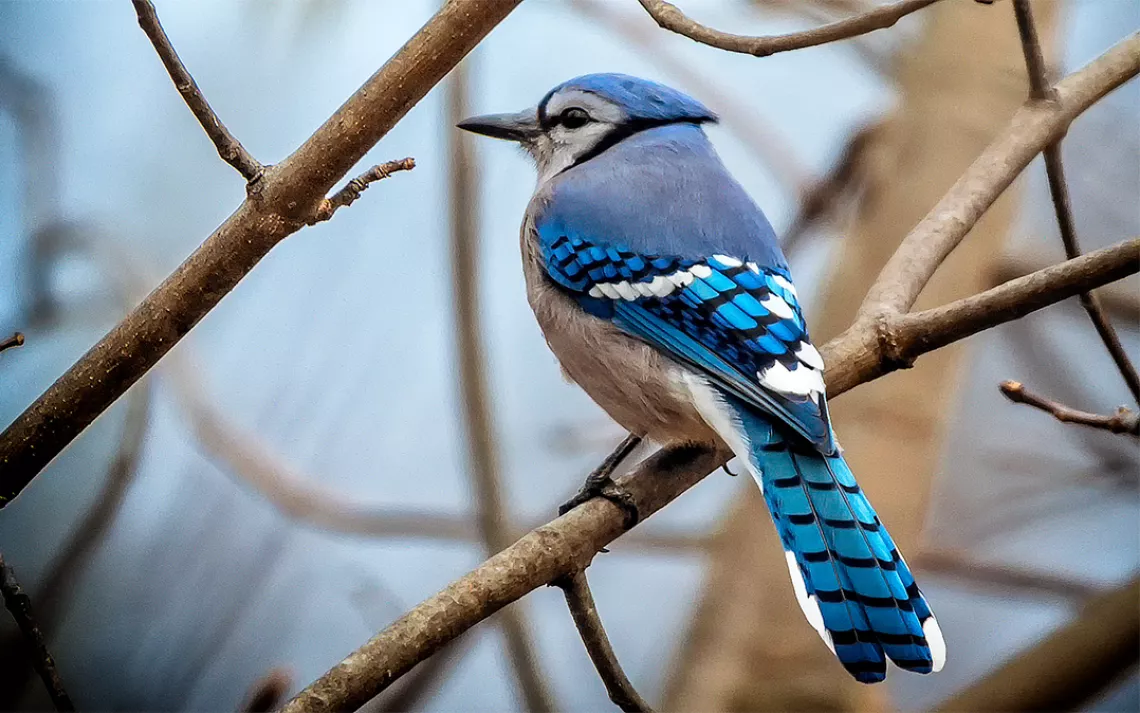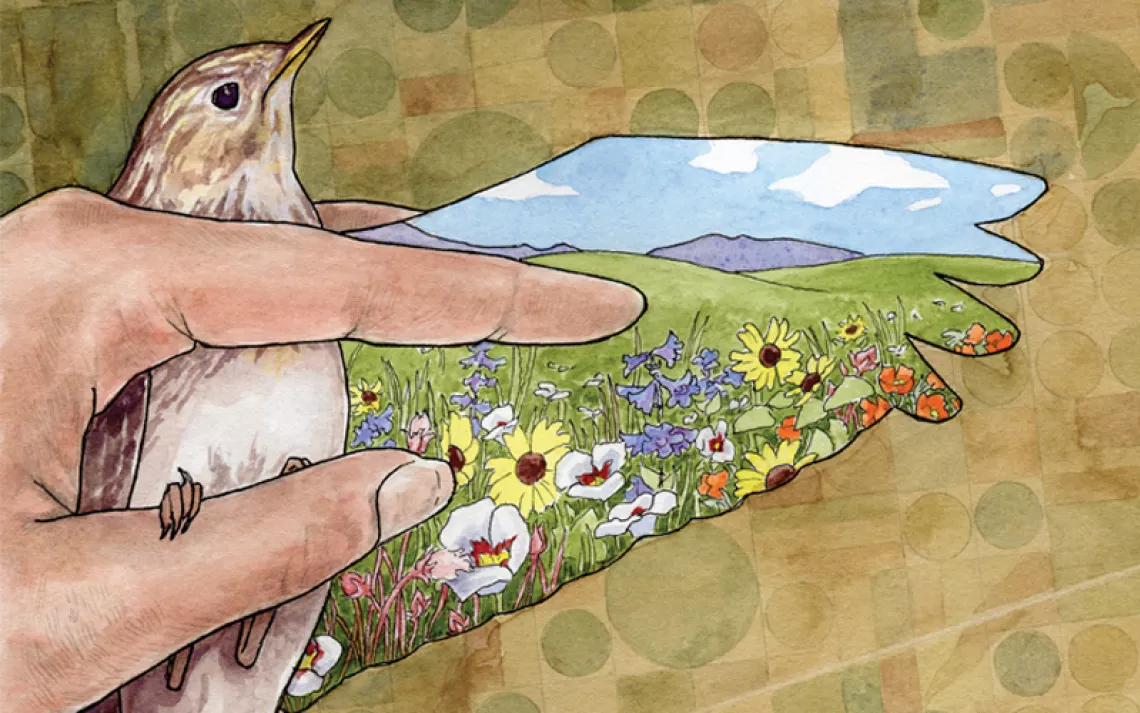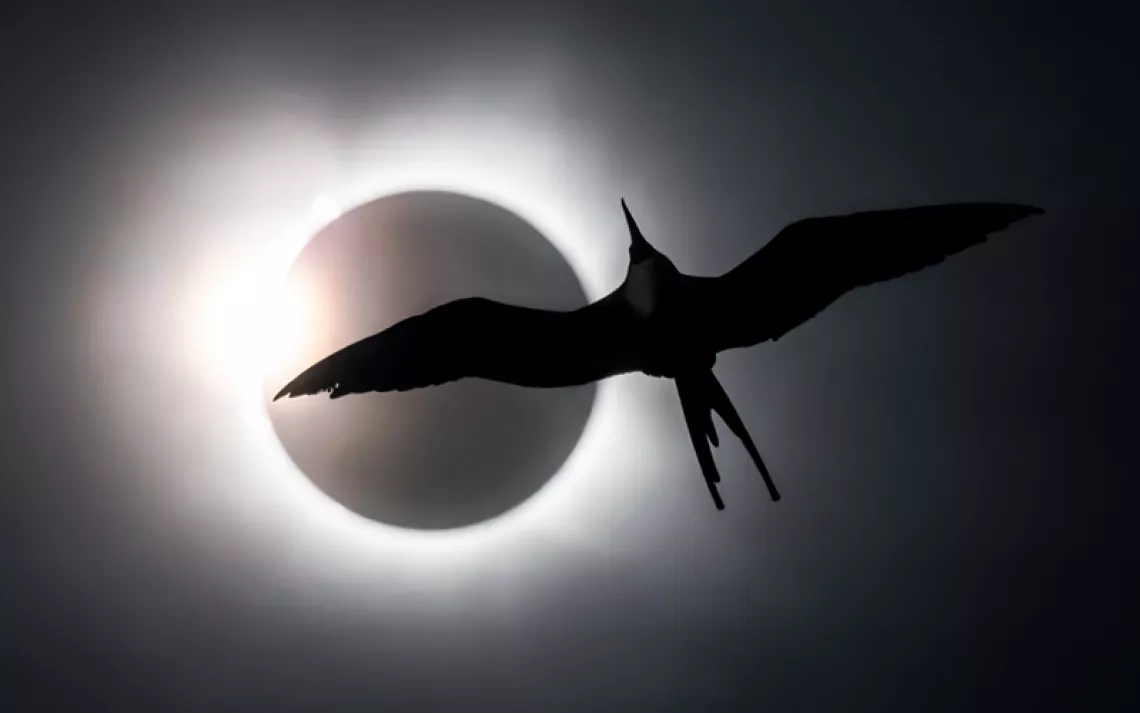Beyond the Bird Feeder
Audubon’s national database for DIY native bird conservation

Photo by TrentGarverick/iStock
Beyond making sure your bird feeder is filled and squirrel-free, maintaining your yard with the proper plants is a sure way to enjoy the sights and sounds of native birds.
The National Audubon Society has launched a Plants for Birds campaign, which features a database that allows you to explore the native plants and the birds that use them in your neighborhood.
“There's been a lot of research about the importance for birds of native insects hosted by native plants,” says Tod Winston, a program associate for the campaign. “The built environment and developed area in the United States is a huge part of the U.S. land mass. It’s almost been considered loss territory, but there's a growing understanding that areas where people live can be critical for wildlife, especially birds. This is a way for people to have an impact where they live to help the birds that nest there or stop over during migration.”
The program is simple. You go to the Native Plants Database and enter your zip code. The database matches native plants and birds, and points you to nearby native-plant nurseries so you can transform your yard into prime habitat.
Why are native plants important for birds? Entomologist Doug Tallamy, author of Bringing Nature Home, was crucial in the development of the Plants for Birds campaign. He notes that 96 percent of land birds rely on insects to feed their young. A typical nest of four to six Carolina chickadee chicks, for example, requires more than 9,000 caterpillars in the 16 days from hatch to flight. That takes a lot of caterpillar-friendly plants to foster the necessary chubby and nutrient-rich grubs.
“The insect issue is important not only for birds but also the ecosystem overall,” Winston says. “Pest-free plants make a sterile environment; you can think of alien plants as junk food for birds.” Native oak trees, for example, support more than 500 species of butterflies and moths. Non-native ginkgo trees support only five.
On top of better bird-watching opportunities, your native-plant garden is guaranteed to be a sanctuary for pollinators and bees, which also desperately need human attention. “The benefit is mostly in getting personally engaged in helping the birds where you live and the birds you love,” says Winston. It doesn’t take that much to get involved, he says, and “you’ll be part of a growing network of people who are working to improve the wildlife in the United States.”
 The Magazine of The Sierra Club
The Magazine of The Sierra Club



